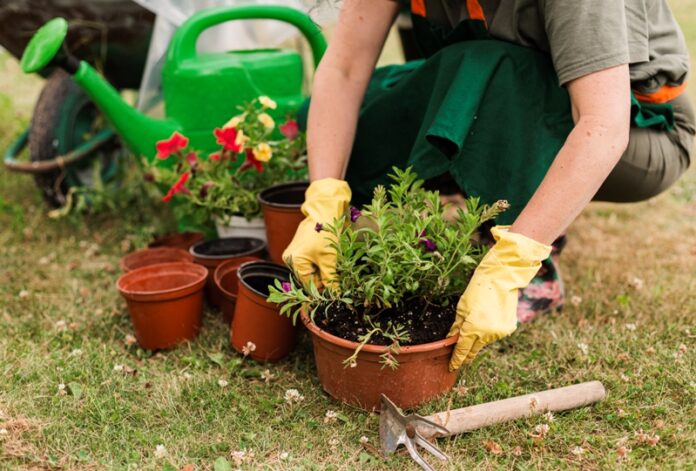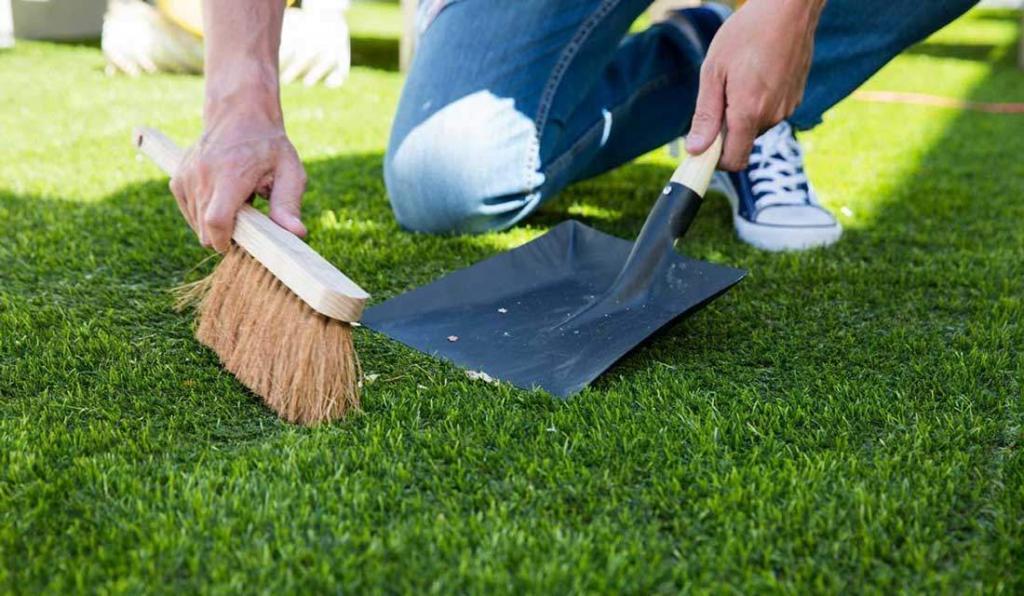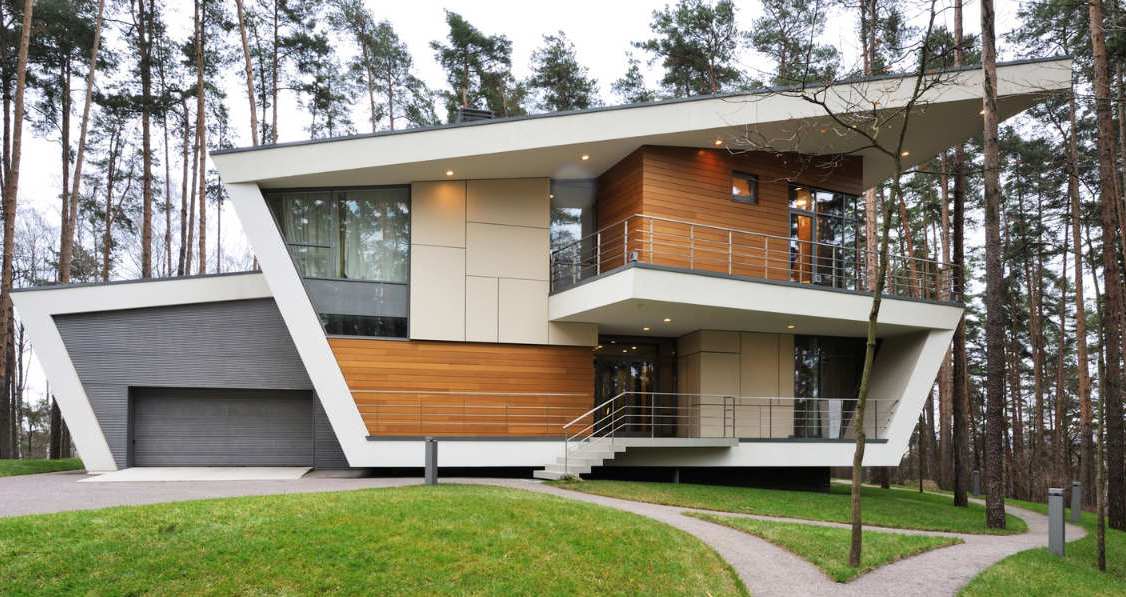Introduction
In our day to day life, a lot of us are trying to go green. And, it is quite ironic that we create a lot of chemical waste while maintaining the greenery in front of our houses.
Every week we produce a considerable amount of chemical waste by the means of the lawn care that we use. If you are someone who is environmentally aware and wants to bring about positive change, natural lawn care is the way to go.
Now tons of people think about natural lawn care but never really commit to it because organic lawn care is hard to figure out on your own. But don’t you worry. This article is just right for you. We are going to show you how to engage in and maintain organic lawn care.
What is Organic Lawn Care?
Organic lawn care is taking care of an athletic turf field or garden lawn or even your house lawn using only natural ways. That means you won’t be using any artificial pesticides and fertilizers. You will replace every synthetic, manufactured, and processed input with an organic, and biodegradable alternative. Ultimately this results in a healthy, green lawn, and a safe environment.
What can you do to convert to Organic Lawn Care?
Now, lawn care is hard. Especially, if you are a beginner or someone who has a 9 to 5 job. Investing a lot of time in grass management can be incredibly taxing. So, we naturally invest in artificial substances that make the work easier and takes care of the lawn for us. Basically, we are looking for a hassle-free solution.
To go organic, you have to put in a little bit more work in your lawn management every day. Doing it all at once might be a big challenge to take on. So, we recommend that you follow our detailed instructions and take it one step at a time. Eventually, you will convert to organic lawn care completely or customize your routine to it as much as you can.
You can also follow https://agoodgarden.com/ for more advanced tips and tricks.
Let’s get started.
Mow High
Even though going organic might require a little bit more work at first, we are trying to reduce the amount of work you have to put into the lawn in the long run. So, let’s start by setting your lawnmower as high as it could go.
You have to understand that the weed and the grass are both growing towards the sunlight. And when you mow your lawn you are only cutting the grass and not the weed. So if you have shorter grass the weed will shed shade on your grass and the grass will not grow.
On the other hand, if you keep taller grass it would shade the smaller weeds and the weeds will not be able to grow out as much. This would minimize your mowing time as well as the need for buying weed pre-emergents.
Sharpen your Lawn Mower Blade
A good number of viruses, fungi, and pests take over your lawn and grass if there are torn bits in the grass blade. Make sure that your lawnmower is very sharp so you get a clean cut every time. If there are damaged spots in your grass it will get affected by fungus and viruses which will slow down growth and spread disease throughout the turf. A sharp blade would ensure fewer pests and hence lessen the need to use pesticides.
Leave the Grass Clippings
After you mow your lawn, the natural next step is to rake up the cuttings. But it could help you grow a healthier turf if you left the smaller clippings like that. The smaller clippings that sift through the grass would shade out the weed and help in water conservation during the hot summer months. It will also turn into natural food for the soil over time.
Have a Good Watering Strategy
You need to have a good watering strategy that encourages your grassroots to go deeper and grow strong. Light watering encourages your grassroots to only stay on the top one inch of your soil and it’ll make your grass go brown easily on a summer day. So, water deeply when you are watering so that when the topsoil dries, the roots keep getting good moisture.
Weeds and weed seedlings love light watering. But that is not necessary for healthy grass. Make sure you water before the grass browns. The grass blades usually curl in on themselves before it turns brown. That is the perfect time to water your lawn.
Soil Depth
The soil depth is a big denominator in your lawn’s overall health. If your lawn’s soil is not deep your grass cannot grow deep. Check if your lawn bed is hindered by rocks. If there are rocks right below a few inches of topsoil, you can add extra soil to the lawn to increase the depth.
Increased lawn depth will encourage healthy grass and plant growth. Grass with a deeper root will always be healthier than shallow growth.
Keep the PH in check
The PH of your lawn’s soil has a big impact on the grass and the plants. Get the PH professionally checked. Grass likes a healthy PH of 6.5. Try to maintain the perfect PH balance for a beautiful lawn.
Switch to Organic Fertilizers
Fertilizers are a big chemical additive to any garden. If you maintain, clean, and water your lawn well, it should be good without fertilizers. But if you must use a fertilizer for nutrients, try to switch to organic fertilizer.
Conclusion
The first thought of going organic can be daunting. But with proper guidance and patience, you can get there. If you follow these tips and tricks, you will need to mow less, water less frequently and your lawn will look the best in the block as well.




















